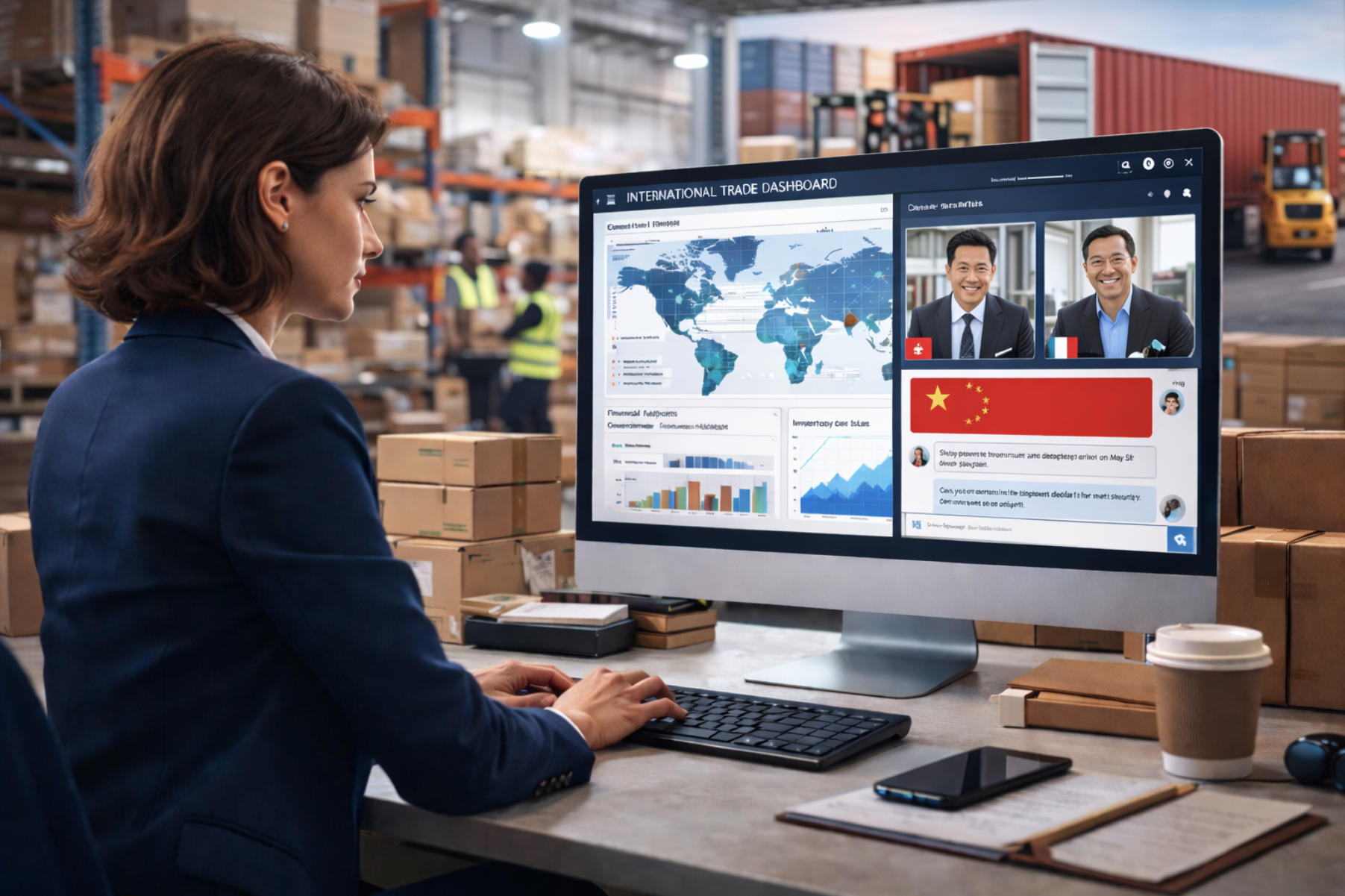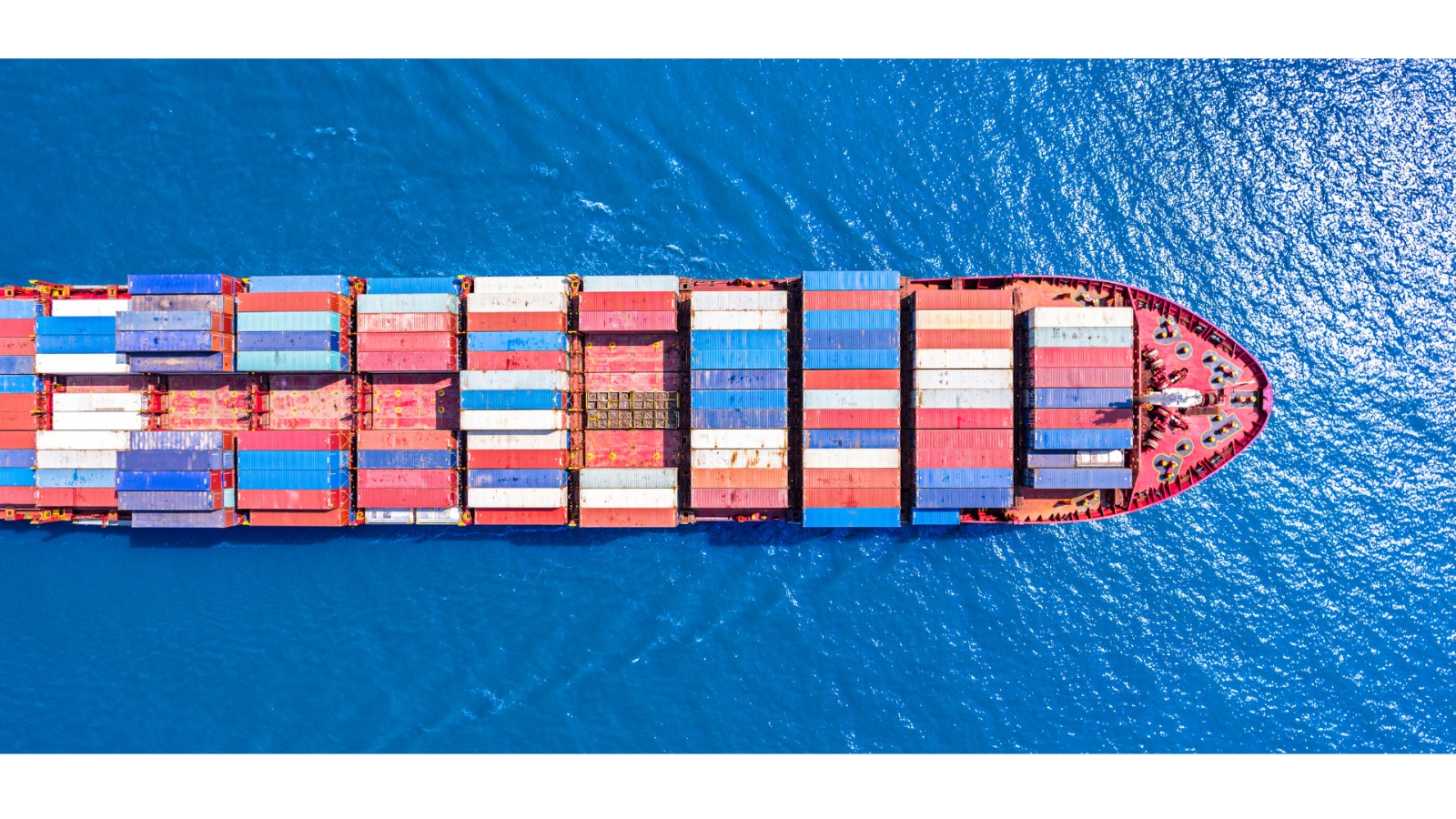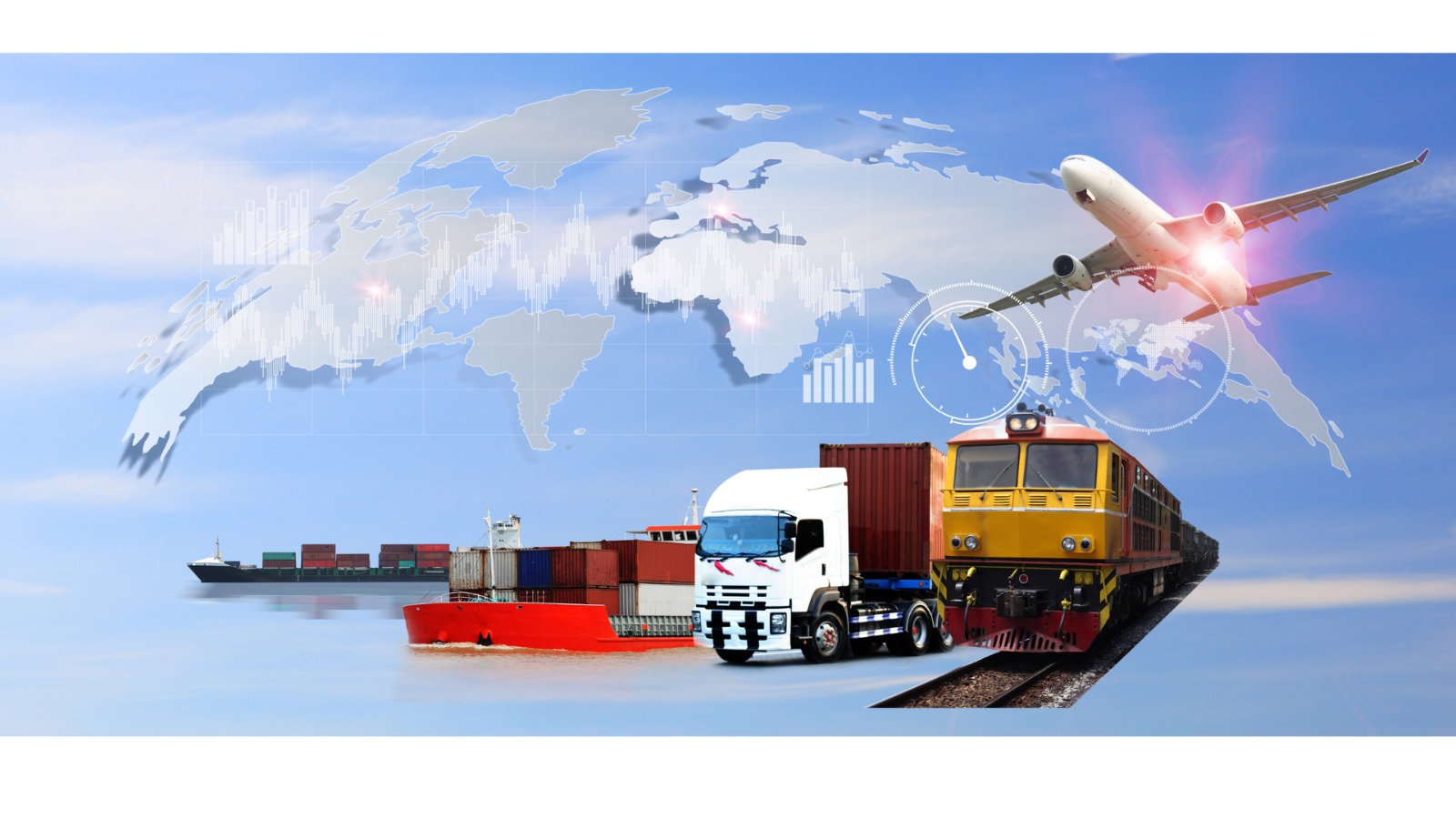Expanding a business to international markets can be one of the most exciting growth opportunities, but it’s also fraught with significant challenges. From navigating complex regulations to managing supply chains and adapting to cultural differences, trading internationally for the first time is often a daunting task. But the potential rewards—broader market reach, increased revenue, and greater brand exposure—can outweigh these obstacles. However, for many businesses, especially small and medium-sized enterprises (SMEs), the hurdles to success can seem overwhelming.

Fortunately, a range of advancements in technology, infrastructure, policy, and financial access can help make international trade more economically attractive. Below, we outline the key challenges first-time international traders face and the eight necessary advancements that can make the process worthwhile.
The Challenges of Trading Internationally For The First Time
1. Regulatory Barriers and Compliance
Every country has its own set of trade rules, tariffs, and regulations. First-time international traders must navigate different laws and ensure compliance with customs requirements, which vary by country. This complexity can result in delays, fines, or even bans from certain markets if not properly handled.
2. Logistics and Supply Chain Management
Shipping products internationally presents challenges ranging from securing efficient routes to managing customs delays. The logistics of moving goods across borders can be unpredictable, with potential disruptions increasing costs and causing delays in delivery.
3. Foreign Exchange and Currency Fluctuations
International trade introduces the challenge of dealing with foreign currencies. Exchange rate fluctuations can quickly erode profits, and for businesses new to international trade, this unpredictability can create financial strain.
4. Cultural and Language Barriers
Cultural differences and language barriers often lead to misunderstandings in business negotiations, customer service, or marketing campaigns. Navigating these differences effectively is crucial to establishing trust and credibility in a new market.
5. Financing International Trade
Securing financing for international operations can be challenging for first-time traders. Traditional lenders may hesitate to extend credit to businesses without an established track record in international markets, making it difficult to finance shipments, pay tariffs, or cover other costs.
8 Necessary Advancements to Make International Trade Worthwhile
To help businesses overcome these challenges and make international trade more accessible, advancements in key areas are essential. Here are eight critical developments that could make international trade not only viable but highly attractive:
1. Digitalization of Trade Processes
One of the most promising advancements is the digitalization of international trade. Digital platforms that automate customs documentation, regulatory compliance, and financial transactions can significantly reduce the time, cost, and complexity of trading internationally. For example, blockchain technology can provide secure and transparent smart contracts that streamline trade agreements.
Governments should continue investing in digital infrastructures that enable the use of e-documents for customs clearance, real-time tracking systems, and AI-driven risk assessments to accelerate international trade processes.
2. Smart Logistics Solutions
Logistics is one of the most significant pain points in international trade, but advancements in smart logistics solutions can transform the experience. Real-time tracking systems, automated warehousing, and predictive analytics can offer businesses better control over their supply chains. These technologies provide transparency at every stage of the shipping process, helping companies anticipate delays, optimize routes, and reduce costs.
Improvements in global infrastructure, particularly at ports and customs points, would further ease the flow of goods. Investment in transport infrastructure, both in developed and developing countries, is necessary to streamline cross-border shipping.
3. Simplified Global Regulatory Frameworks
Regulatory complexity remains a significant barrier, especially for small businesses looking to enter foreign markets. While each country’s rules and regulations may be different, international organizations can push for greater regulatory harmonization. For example, trade agreements that recognize common standards for products and services can simplify compliance, making it easier for businesses to trade across borders.
In the long term, governments should collaborate on reducing bureaucratic hurdles, introducing uniform documentation requirements, and creating clear guidelines that apply across multiple regions.
4. Accessible Currency Hedging Instruments
Currency fluctuations are inevitable in international trade, but businesses can protect themselves through financial instruments like currency hedging. Unfortunately, these tools are often complex and expensive, especially for SMEs. By creating more accessible and affordable hedging options, financial institutions can help businesses mitigate the risks associated with foreign exchange volatility.
Additionally, the introduction of stable digital currencies could provide businesses with an alternative to traditional currencies, reducing reliance on unpredictable exchange rates.
5. Improved Trade Financing Options
Financing remains one of the most significant challenges for businesses engaging in international trade for the first time. Traditional banks are often hesitant to offer trade financing to new entrants, but fintech innovations are starting to fill this gap. Platforms that provide alternative financing options, such as peer-to-peer lending, supply chain financing, and invoice factoring, make it easier for businesses to access the capital needed to grow internationally.
Governments and international financial institutions should work together to expand access to trade finance, particularly for SMEs, by creating risk-sharing mechanisms or government-backed loan programs that facilitate cross-border transactions.
6. Enhanced Free Trade Agreements (FTAs)
Free Trade Agreements (FTAs) can significantly reduce the costs and complexity of international trade by eliminating tariffs, standardizing regulations, and fostering greater cooperation between countries. However, many current FTAs are outdated, focusing primarily on goods while overlooking services and digital products.
Governments should prioritize the negotiation and modernization of FTAs, particularly to include provisions on e-commerce, intellectual property rights, and digital services, reflecting the realities of today’s global economy.
7. Cross-Cultural Training and AI Translation Tools
One of the less obvious but crucial challenges in international trade is the cultural and language gap. Miscommunication or a lack of cultural understanding can lead to lost deals or damaged relationships. Cross-cultural training for employees and the adoption of AI-powered translation tools can bridge this gap, enabling businesses to operate more effectively in foreign markets.
Advances in AI-driven translation services, like real-time speech translation, can help businesses communicate smoothly across languages, breaking down barriers and creating a more seamless trading environment.
8. Sustainability and Ethical Trade Practices
As global consumer demand for ethical and sustainable products grows, businesses trading internationally need to adapt to these expectations. This means integrating sustainability into supply chains, ensuring responsible sourcing, and reducing the carbon footprint of logistics. Governments and international organizations should promote policies that reward sustainable trade practices, including tax breaks or subsidies for businesses that prioritize environmentally friendly shipping or production methods.
Encouraging sustainable trade not only aligns with consumer preferences but also reduces long-term costs associated with waste and inefficiency, making international trade more attractive and viable.
Conclusion
For businesses, particularly first-time traders, the barriers to entering international markets can seem insurmountable. From regulatory challenges to logistics and financing issues, the path to success is fraught with obstacles. However, advancements in digitalisation, infrastructure, financial instruments, and trade agreements are making it increasingly possible for businesses to expand their reach globally.
By leveraging these eight critical advancements—such as digital trade platforms, smart logistics, accessible currency hedging, and improved trade financing—companies can make international trade worth their while. As the global economy becomes more interconnected, those businesses that can successfully navigate the complexities of cross-border trade will be well-positioned to thrive in the future.
iTradeDigital is simplifying international trade for businesses of all sizes, everywhere – by digitising and automating the flow of the documentation required for cross-border trade. Contact us to learn more about how we can help you simplify international trade and open up new revenue opportunities for your business or simply register online to get started.
– ##### –
Authors:
John Dunlop is a trade finance expert with over thirty years of experience in managing letter of credit and collection transactions from purchase order to final payment. Previously CEO of InterNetLC.com and is currently a Team Leader at iTradeDigital IOM Ltd.
Tony Kavanagh is a technology executive with over 25 years of experience in building brands and driving demand for companies of all sizes, globally. Skilled in GTM strategy, product marketing, PR/AR and CRM success, Tony has held senior positions at KPMG, Oracle, Salesforce, DataStax, Insightly, & XOJET. He is currently CMO at iTradeDigital IOM Ltd.
– ##### –






